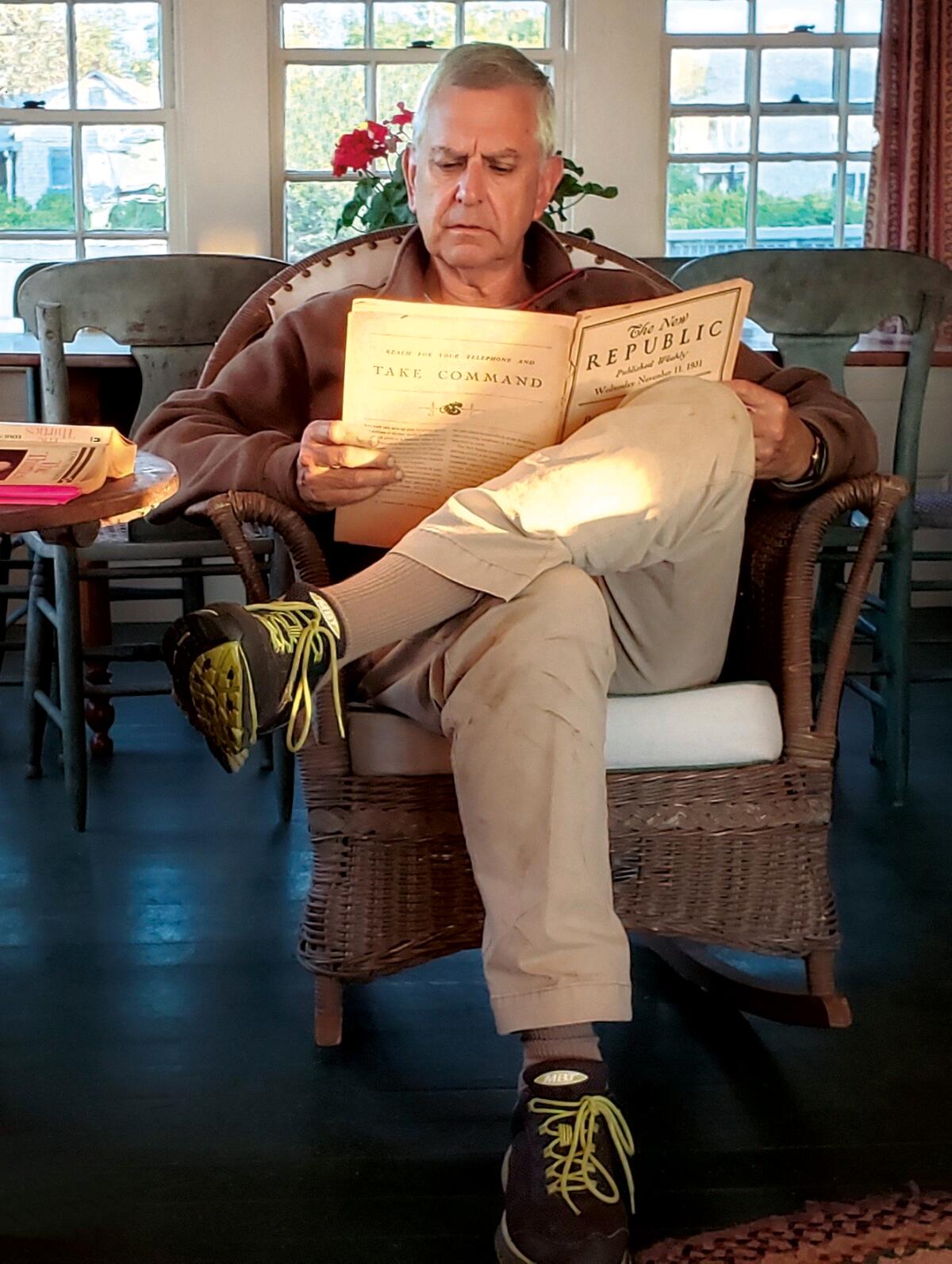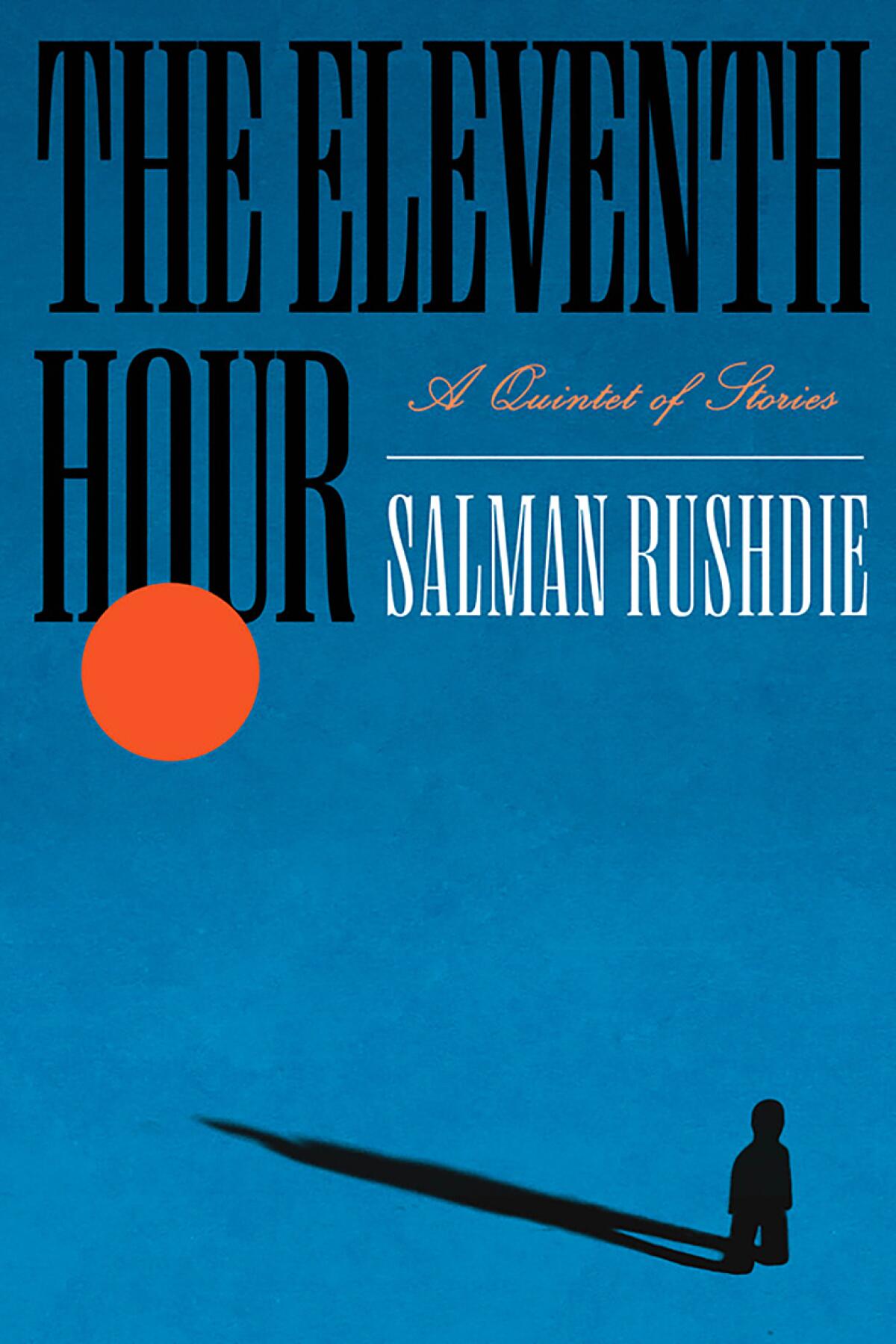Gerald Howard discusses his new book on Malcolm Cowley
In his riveting book “The Insider: Malcolm Cowley and the Triumph of American Literature,” veteran book editor Gerald Howard makes a strong claim for Cowley as a crucial catalyst for the efflorescence of American fiction in the years following World War I. He’s not wrong: Working as a critic, author, essayist and editor, Cowley often provided a lone voice in the wilderness for neglected masters.
As consulting editor for publishing house Viking Press in the ‘40s, Cowley resuscitated William Faulkner’s career at a time when most of his books were out of print. Cowley also ushered in Jack Kerouac’s seminal novel of the Beat Generation, “On the Road,” working for seven years to get it published and finally succeeding in doing so in 1957.
For this week’s newsletter, I spoke with Howard about Faulkner, Kerouac and the death of criticism.
He didn’t have a program or a thesis. He had taste. He was just a pure creature of literature.
— Gerald Howard on Malcolm Cowley, the subject of his new book
✍️ Author Chat
Your book details Cowley’s seven–year odyssey to get Kerouac’s “On the Road” published in 1957 and point out that, contrary to Kerouac’s criticisms regarding the editing, Cowley, in fact, had nothing to do with changes that straightened out his prose.
Cowley took a lot of crap from the Kerouac crowd because Kerouac, in a drunken moment, blamed all his troubles with Viking on Cowley when Cowley was innocent. The Kerouac scholars and biographers don’t quite grasp that a good part of the editing job was assigned to other folks at Viking. They added all those commas in the manuscript that Kerouac was so upset about. Cowley was not an advocate of making big changes to the book; he thought Kerouac’s voice was so vital, so fresh.
Perhaps Cowley’s greatest contribution to 20th century American literature is his rehabilitation of Faulkner’s career at a time when all of his books were out of print. In 1944, he was down and out; six years later, he won the Nobel Prize. Cowley had a lot to do with that.
There was something going on in Europe at the time that was somewhat disconnected from what was going on in the United States. Faulkner’s reputation in France in particular was very high; Andre Gide and Sartre were admirers. But in the United States, Faulkner didn’t sell, he had a very mixed reputation, and he was not well understood. Cowley’s first intention was to write a very long essay about Faulkner’s work, which was serialized in various publications, and then to assemble “The Portable Faulkner” for Viking, which sold well. So the ground was prepared by Cowley.

Critics are “so central to a useful, fruitful culture. I myself don’t particularly care to live in a culture that doesn’t have them,” veteran editor Gerald Howard tells The Times.
(Penguin Random House)
What’s remarkable is the catholicity of Cowley’s taste. He studied Racine at Harvard, but then recognizes the greatness of a disparate group of writers: Faulkner, John Cheever, Kerouac, Ken Kesey, all of whom he shepherds into print.
He didn’t have a program or a thesis. He had taste. He was just a pure creature of literature, immensely versatile and conversant with everything that seemed to matter in the literary universe. Up until the ‘60s, he had his radar up and running. He didn’t believe in a fixed canon.
Cowley was an editor of the New Republic from 1929 to 1944, a small-circulation magazine with outsized influence, featuring critics like Edmund Wilson that generated the cultural conversation. Critics have no such sway anymore. Do you feel there has been something lost from that diminishment of the individual critical voice?
We can let all the online measurements determine the things that people like and allow those things to rise to the surface. But I think the role of the critic is to sort through a vast amount of material to find the things that are really valuable, really interesting. Not just books, of course — also movies, art, music. They’re so central to a useful, fruitful culture. I myself don’t particularly care to live in a culture that doesn’t have them.
Is a maverick editor like Malcolm Cowley possible now?
Probably not. The world that he moved in was a closed world. There wasn’t a lot of room for people who were not white, male and heterosexual. It’s disappointing that he was not more interested in African American literature. He should have been. There are plenty of those people around that he knew. And just appreciating Ralph Ellison was not enough.
(This Q&A was edited for length and clarity.)
📰 The Week(s) in Books
Robert Allen Papinchak was enthralled by Margaret Atwood’s memoir, “Book of Lives,” in which the author of “A Handmaid’s Tale” unpacks “the challenging symbiotic relationship between life and art.”
You may have seen the Netflix series about the “OneTaste” sex cult, but that’s not even the half of it, according to Ellen Huet’s book “Empire of Orgasm,” which Julia M. Klein calls a “deeply troubling” narrative of coercion and financial ruin.
Bad Religion guitarist and overall punk legend Brian Baker has a new book of photographs called “The Road,” and Josh Chesler chatted with him about it: “I think I have a knack for being at the right place at the right time.”
Photographer Annie Leibowitz has dropped a “stunning” new book of pictures called “Annie Leibowitz: Women,” according to Meredith Maran.
📖 Bookstore Faves

Arcana has served the L.A. market for over 40 years, currently occupying space in the Helms Bakery building in Culver City.
(Joshua White)
Given the vicissitudes of the retail book market, it’s a minor miracle that Arcana: Books on the Arts has survived 41 years. Arcana, which since 2012 has occupied space in the Helms Bakery building in Culver City after a long run at the Third Street Promenade, is the best art bookstore in L.A., offering a vast selection spanning photography, painting, fashion, graphic design and much more. I spoke with owner Lee Kaplan about what is hot in his store right now.
What books are selling right now?
We are closing in on the Holidays, so lots of great new titles are showing up daily. A small selection of those which are selling well include “Bruce Weber. My Education,” “Kerry James Marshall: The Histories,” “William Eggleston: The Last Dyes” and “Jane Birkin: Icon of Style.”
Is there any particular kind of book that tends to do well for you?
Perennials tend to be more comprehensive, hardbound volumes of well-known artists such as Edward Ruscha, Andy Warhol, John Baldessari and Jean-Michel Basquiat; photographers Robert Frank, Todd Hido, William Eggleston, Ed Templeton; architects Frank Gehry, Herzog & De Meuron, Johnston Marklee, and Fashion brands like Comme des Garcons, Supreme, Dior, etc. That noted, we sell a lot of inexpensive zines by creators few have heard of, yet.

Arcana has survived a lot of the ups and downs of the retail book business. What do you think is the secret to your longevity?
Moving to a large, beautifully designed space in Culver City’s Helms Bakery in 2012 (after decades on Santa Monica’s Third Street Promenade) turned out to be a fortunate decision. We have room for scores of thousands of books that we have amassed over the years situated in a lively, artistic and design-conscious neighborhood.
Given the internet, why do people still value looking at art in books?
These are two vastly different experiences, and for me, there is no substitute for holding a book as a tangible, tactile object. Thankfully, there are still many, many visitors daily that seem to feel the same.
Arcana: Books on the Arts is at 8675 Washington Blvd. in Culver City.
(Please note: The Times may earn a commission through links to Bookshop.org, whose fees support independent bookstores.)





